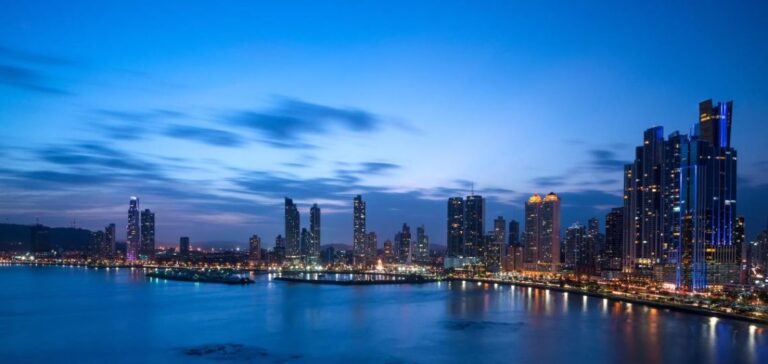A nationwide power outage struck Panama after a malfunction in a private power plant triggered a shutdown of the grid. The incident, which occurred shortly before midnight, prompted Panamanian President José Raul Mulino to demand a detailed report on the circumstances of the failure.
Impact on essential infrastructure
The power grid failure affected the entire country, including critical infrastructure such as water treatment plants. The National Institute of Aqueducts and Sewers (Idaan) reported a disruption in potable water distribution, as pumping stations became inoperative due to the lack of electricity.
According to initial assessments by authorities, the outage resulted from a failure in a private power generator, which activated the grid’s automatic protection mechanism. A video shared by President Mulino shows a fire outbreak at a power plant located in the Panama Oeste province.
Government response and outlook
Technical teams have begun operations to gradually restore power supply. The president confirmed that service was being restored and stated that measures would be taken to prevent similar large-scale incidents in the future.
This event highlights the vulnerabilities of Panama’s energy system, particularly in the management and reliability of private infrastructure connected to the national grid. Strengthening control and security mechanisms to stabilise electricity supply is becoming a key issue for the country’s authorities.






















